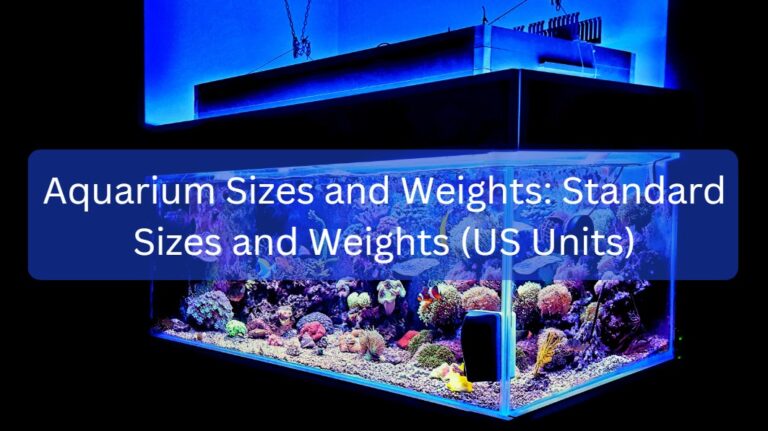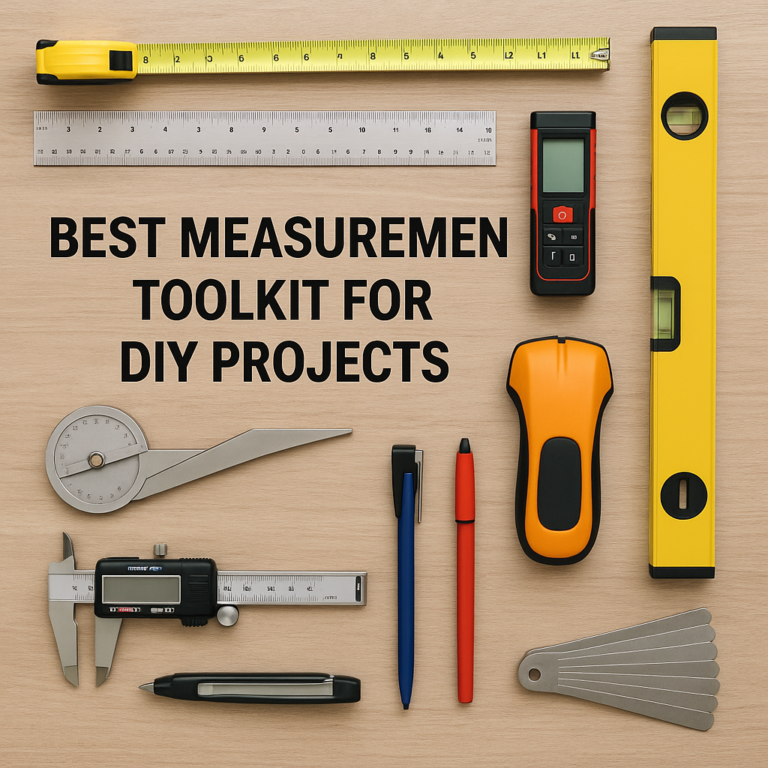Things That Are 15 Meters Long: Exploring Everyday Objects for Perspective

When you convert 15 meters, it equals 591 inches, 49 feet, or 16 yards on a calculator.
However, these numbers might not give you a clear sense of the actual distance.
To better visualize it, you can compare 15 meters to everyday objects of known lengths.
The measurement of 15 meters may not be something we encounter daily, but it is a distance that holds significance in various contexts.
The length of 15 meters can help us visualize and appreciate the scale of certain objects or structures.
In this article, we’ll explore Common Things That Are 15 Meters Long.
Meter Converter
Results:
How Long are 15 Meters?

Before delving into the specific examples, let’s clarify what 15 meters mean in practical terms.
A meter is a unit of length in the International System of Units (SI), and 15 meters equal approximately 49 feet 2.5 inches.
To put it into perspective, imagine a distance spanning half the length of an Olympic-sized swimming pool or about one-fourth the length of a basketball court.
It’s a length that falls between easily visible distances and can give us a sense of scale when considering various objects and structures.
Unlocking the Mystery: How Big Is 7 Inches? Click here
Convert 15 meters to feet
To convert meters to feet,
The conversion factor: 1 meter = 3.28084 feet.
So, to convert 15 meters to feet:
15 meters×3.28084 feet/meter≈49.2126 feet
Therefore, 15 meters is approximately equal to 49.2126 feet.
How Long Does it Take to Walk 15 Meters?
The time it takes to walk 15 meters can vary depending on an individual’s walking speed.
On average, a person walking at a moderate pace of around 3 to 4 kilometers per hour (1.86 to 2.49 miles per hour) would cover 15 meters in approximately 4 to 6 seconds.
It’s important to note that this is a general estimate, and actual walking speed can vary based on factors such as age, fitness level, health conditions, and the walking surface.
Someone walking briskly or with a purpose may cover the distance more quickly, while someone walking slowly may take a bit longer.
If you want a more precise measurement for a specific individual, you can use the formula:
Time=Distance/Speed
Where time is in seconds, distance is in meters, and speed is in meters per second.
How to Measure 15 Meters Easily at Home?
Measuring a length of 15 meters at home may seem challenging, especially if you don’t have a measuring tape long enough.
However, there are a few tricks to help you estimate this distance without any special tools. One of the simplest methods is to use your own body as a reference.
Stretch your arms out horizontally to each side, forming a straight line. The span from the tip of one hand to the other is roughly equivalent to your height.
Now, walk forward for about 15 paces, with each step approximately equal to your height. This will give you a rough estimation of 15 meters.
If you have a tape measure or a measuring wheel, you can measure a shorter distance, like 5 meters, and then triple that measurement to get an approximation of 15 meters.
Alternatively, you can use common household objects as references. For example, the average sedan car is around 4.5 meters long, so you can imagine a little over three cars parked nose to tail to visualize 15 meters.
15 Meters in Different Units of Measurement
Before delving into the comparative analysis, it’s essential to grasp the equivalent values of 15 meters in various units:
- Centimeters: 1500 cm
- Millimeters: 15,000 mm
- Kilometers: 0.015 km
- Inches: 590.551 inches
- Feet: 49.2126 feet
- Yards: 16.4042 yards
- Miles: 0.009321 miles
These conversions provide a versatile understanding of the length of 15 meters, allowing us to appreciate its magnitude across different measurement systems.
8 Common Things That Are 15 Meters Long
Standard Shipping Container:
The most common type of shipping container used in global trade, known as a 20-foot equivalent unit (TEU) container, is about 6 meters long.

However, there are also 40-foot containers, which are approximately 12 meters long.
Placing two 40-foot containers end to end will give you a total length of 24 meters, but if you use two 20-foot containers, you get exactly 15 meters.
Badminton Court:

A standard badminton court measures 13.4 meters in length, but with the inclusion of safety zones at each end, the total length extends to approximately 15 meters.
Large Tour Bus:

In some countries, especially in Europe, large tour buses can be up to 15 meters in length. These buses are commonly used for long-distance travel and can accommodate a significant number of passengers.
Fire Truck or Ladder Truck:

Firefighting vehicles, particularly ladder trucks equipped with long aerial ladders, can often reach lengths of 15 meters or more. These specialized vehicles are essential for reaching heights and accessing difficult areas during firefighting operations.
School Bus:

In various countries, school buses can be as long as 15 meters, allowing them to transport a considerable number of students safely to and from school.
Small Yacht or Sailboat:

Some smaller yachts and sailboats range around 15 meters in length. These boats are often designed for leisure cruising and are suitable for private use or smaller groups.
Small Swimming Pool:

Some private or residential swimming pools can be 15 meters long. This length is common in pools designed for lap swimming or other aquatic exercises.
Cricket Pitch:

In the sport of cricket, the pitch is the central strip of the playing field. The length of a cricket pitch is precisely 20.12 meters, but the batting and bowling creases are marked 1.22 meters in front of the stumps, resulting in a playing area of 15 meters in length.
FAQ’s
Is 15 meters a long distance?
Fifteen meters may not be considered a long distance in everyday terms, but it is significant enough to encompass various objects and structures that play important roles in different contexts.
How can I measure 15 meters without a measuring tape?
You can estimate 15 meters by using your body height as a reference or by visualizing multiples of common objects, such as cars or furniture, that you know the length of.
Are there longer objects than 15 meters?
Certainly! Many objects and structures surpass the length of 15 meters, ranging from buildings and bridges to ships and airplanes.
Why is 15 meters used as a standard measurement for certain objects?
The choice of using 15 meters as a standard measurement for certain objects may be influenced by practical considerations, such as space requirements, safety regulations, or design specifications.
Conclusion
The length of 15 meters holds relevance in various aspects of our lives, from the objects we encounter daily to the structures that define our cities.
Understanding this distance allows us to better visualize and appreciate the scale of certain things, and it gives us a perspective on the vastness of our world.
Whether it’s the standard shipping container used for global trade or the familiar school bus that takes children to school, these common things demonstrate how 15 meters play a vital role in our everyday experiences.
Next time you come across something of this length, take a moment to appreciate the significance it holds in our lives.






